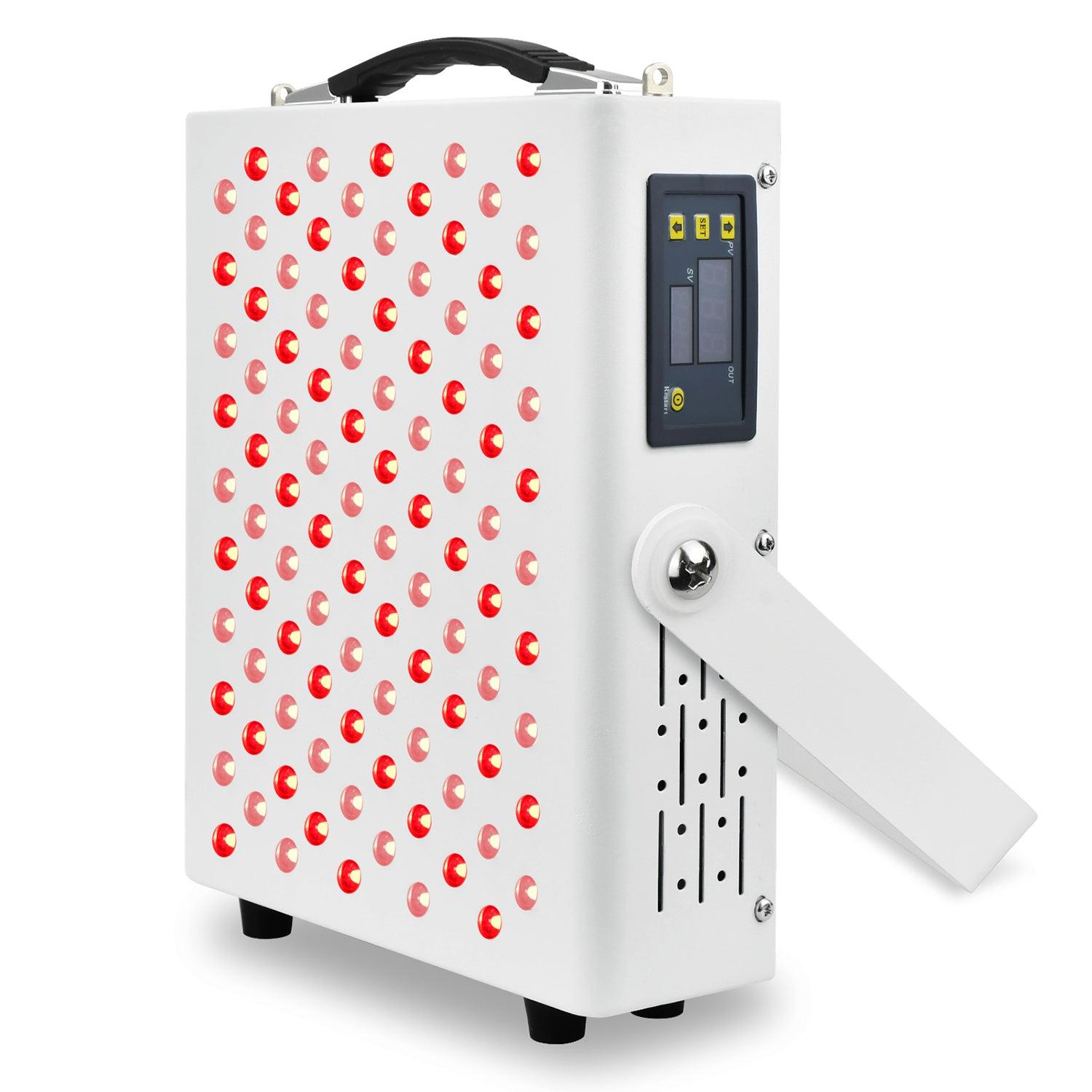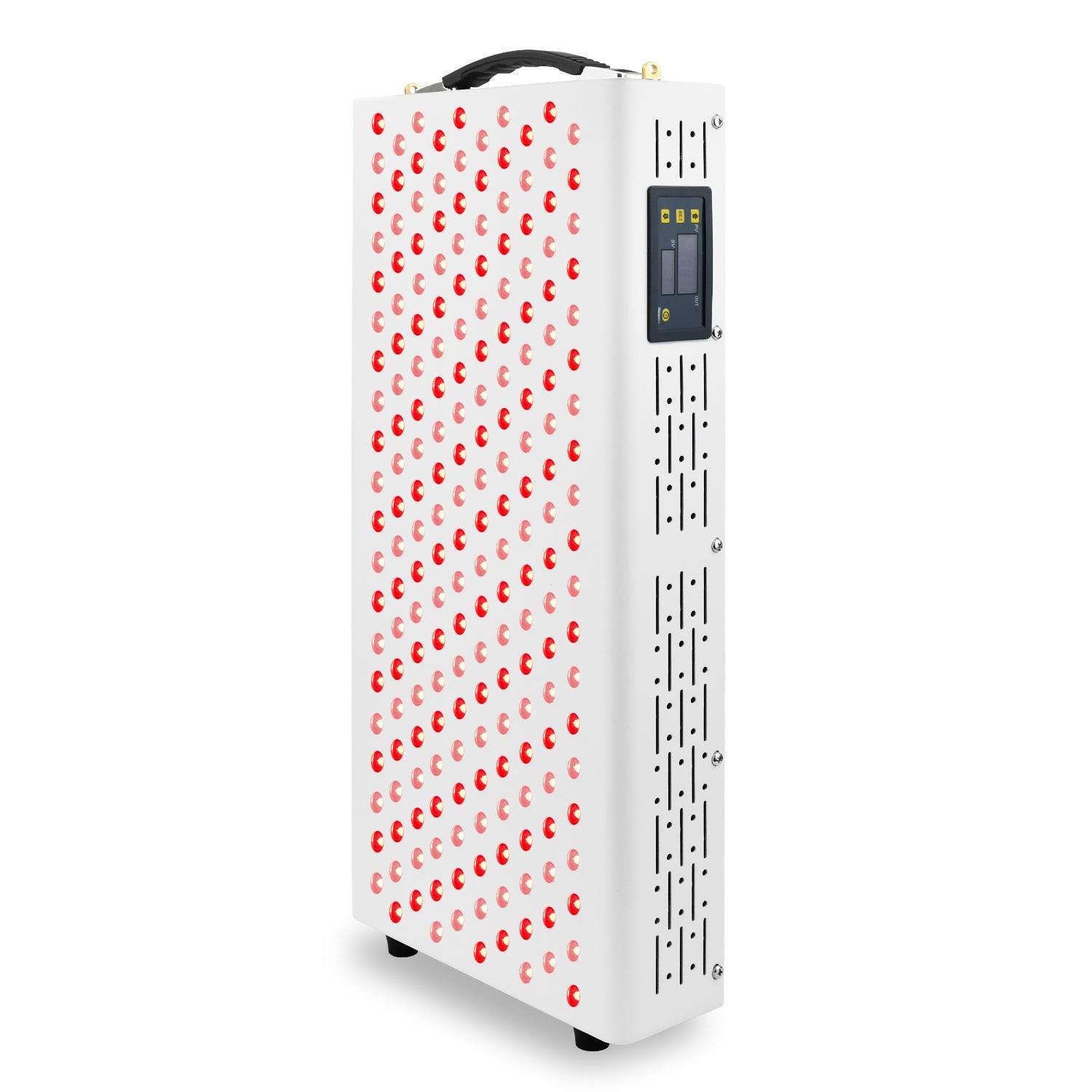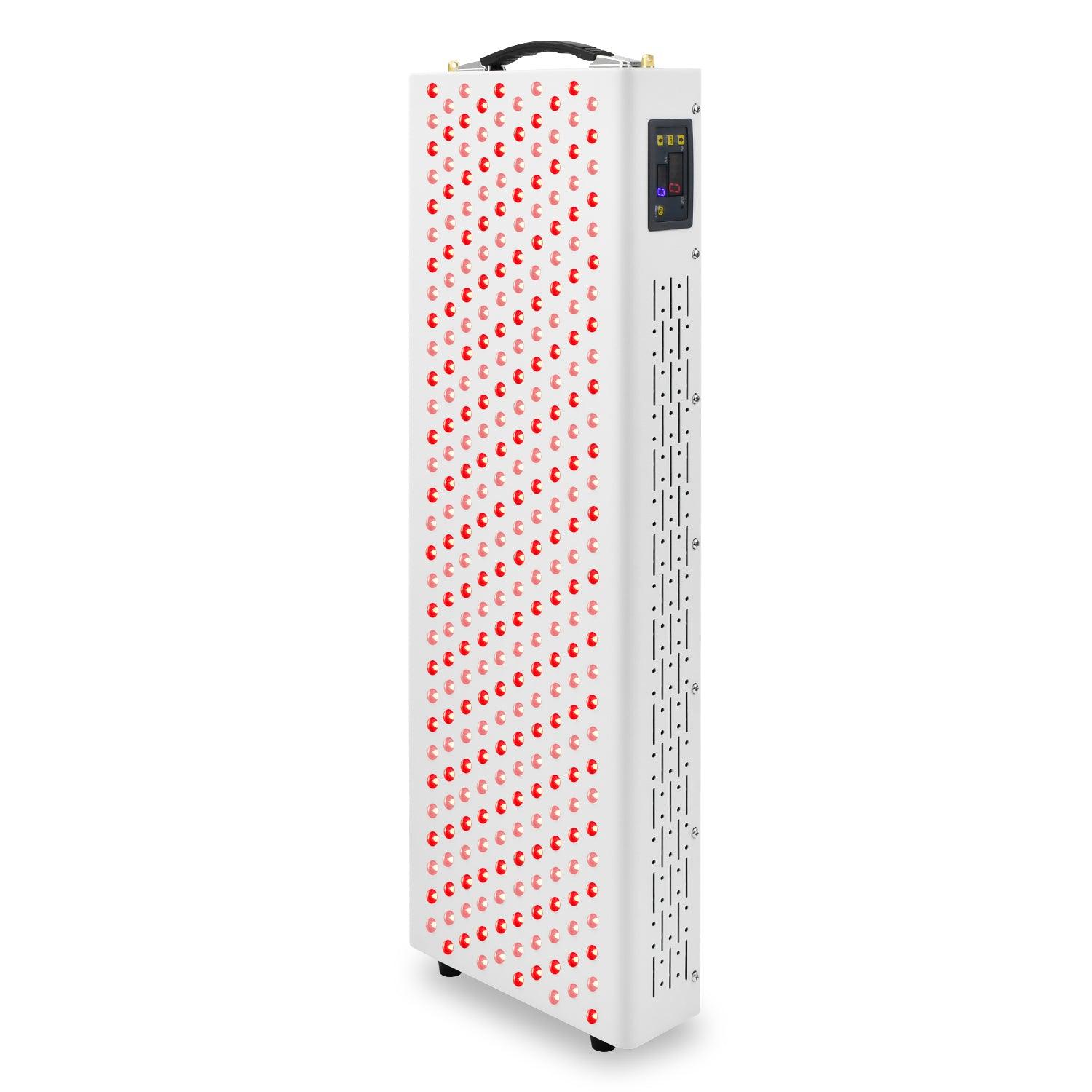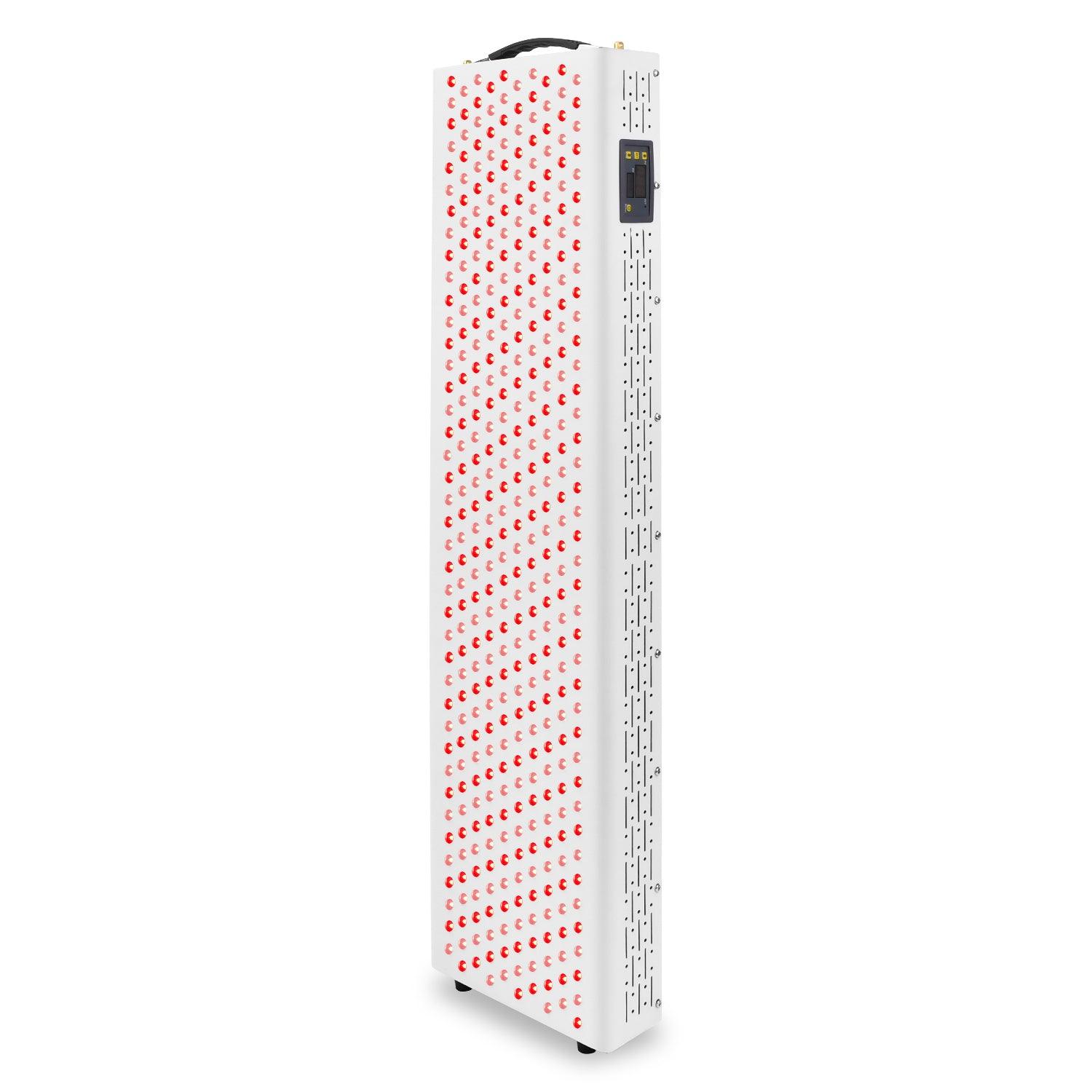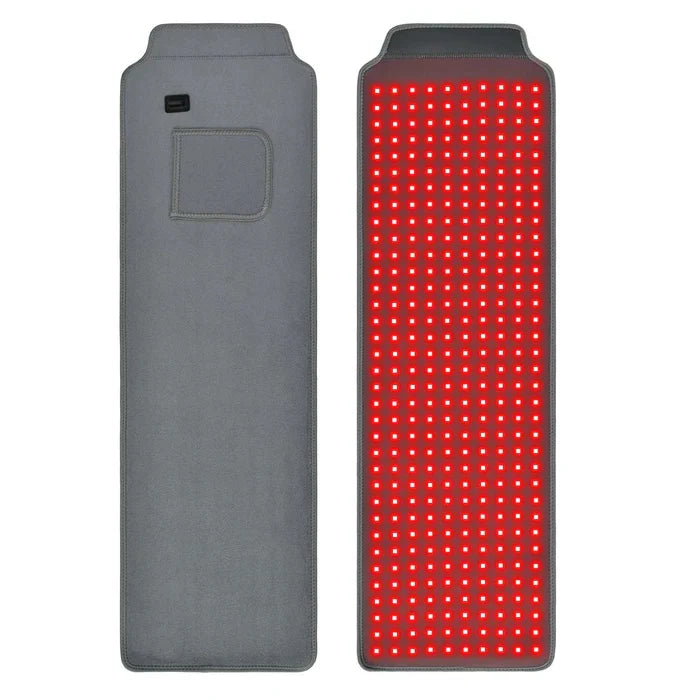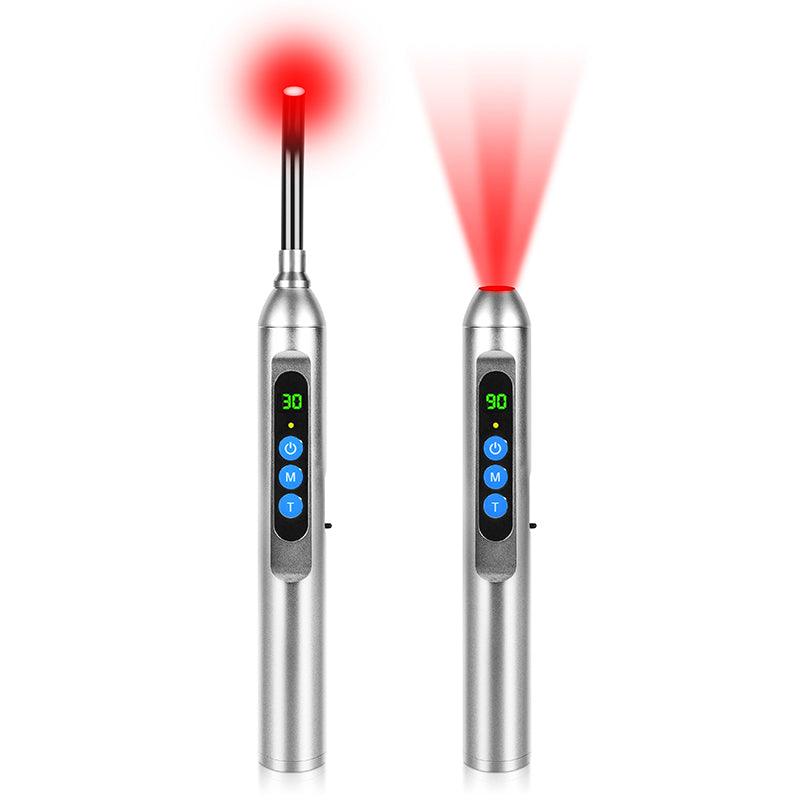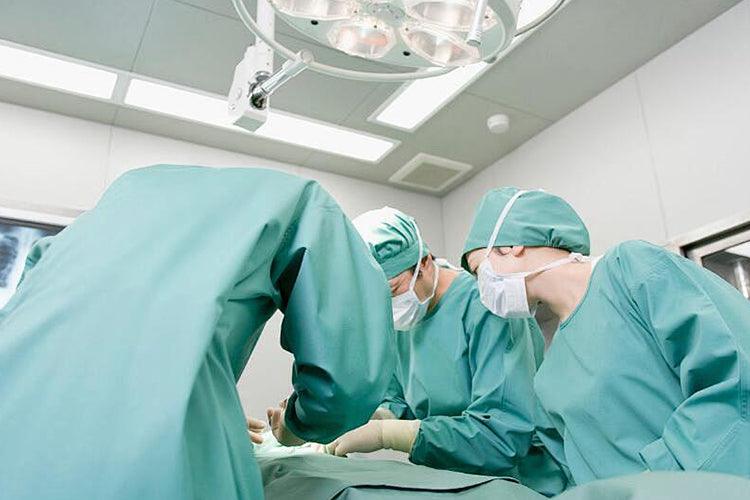Introduction
Red light therapy (RLT), which is a new form of therapy, is considered to be a multitasking method of treatment that is used for health and cosmetic purposes, and also for different dental treatments. In this modality, the light—with the specific wavelength of red light—is emitted, thus cellular energy production is initiated and the regeneration follows. It can be used in the dental status to treat gum disease, reduce swelling and quickly heal after dental surgery or injuries of mouth.
Besides, we can use RLT technology not only for teeth stains elimination but also for general oral aesthetic squaring. There are RLT devices at YoulumiStore enhance the oral health can help people experience a non-invasive and original way of improving one's health.
In this guide we will highlight practicality of RLT for dental care, looking out for correct equipment and application techniques for optimal results as well as possible safety features.
Understanding Red Light Therapy for Dental Health
Red light therapy (RLT) uses particular wavelengths of red light, being 600 to 850 nm red light therapy in range, to promote healing and tissue repair in the body. This non-invasive method works by entering the skin and being absorbed by cell's, particularly mitochondria, which are the energy powerhouses of our cells.
The cellular metabolism turns more active as the absorbed light energy enhances it, resulting in increased ATP (adenosine triphosphate) production. ATP is critical for cellular function and it performs an important function during tissue repair and regeneration.
Additionally, RLT induces enhanced blood flow through the production of nitric oxide, a vasodilator that diminishes blood pressure. This boost in the blood flow brings more oxygen and important vitamins and minerals to the tissues, which promote healing. Moreover, RLT has proved to be an effective tool in fighting inflammation as it suppresses pro-inflammatory cytokines and stimulates anti-inflammatory processes within cells.
These mechanisms illustrate the efficacy of red light therapy in improving oral health, such as gum health and wound healing.
Types of Red Light Therapy for Teeth
Red light therapy (RLT) for dentistry can be done either by employing a professional in-office method or an red light therapy at home full body that provides convenience.
1. In-Office Treatments by Dentists
Dentists perform red light therapy sessions at their offices using apparatuses designed for dental deployments. Such devices are capable of emitting specifically wavelengths of red light aimed at the teeth and gums in order to boost the healing, reduce the inflammation, and in some cases enrich the teeth whitening.
In-clinic RLT treatments are usually performed by qualified staff who can adapt the therapy to the needs of dental patients. With this method, the treatment is administered properly and effectively to achieve successful outcomes from the red light therapy.
2. At-Home Devices
Individuals aiming to use red light therapy at home for dental care comfort have the choice of different at-home gadgets. Such devices include hand-held devices equipped with LED lights of therapeutic wavelengths of red light. RLT devices at home are designed to be user-friendly and can be added to the regular oral hygiene routine.
They help to make oral hygiene management a very convenient and low-cost affair while at the same time allowing for the possibility of improved dental appearance beyond routine dental check-ups.
The selection of in-office procedures or at-home devices is based on personal choice, treatment objectives and the opinion of dental specialists. The two methods use red LED light to promote care of teeth and increase total oral health.
How to Use Red Light Therapy for Dental Care
Along with the right approach and mastery of RLT procedures, the approach needs to be carefully planned and the techniques need to be perfected in order to have better outcomes. Here are step-by-step instructions on how to use RLT for teeth and gum health:
- Preparing the Mouth:Well-Care for your Teeth and your Mouth Right before you begin the RLT process, make sure your mouth is clean by brushing and flossing your teeth really well. Completely clear any food particles or dirt from the teeth and surrounding gums for better light emission.
- Positioning the RLT Device:Recommended RLT Distance and Angle The RLT device is advised to be one of the few devices that do not cause side effects and have a high application quality of dental care systems. Recommend positioning the oral appliance at an approximate distance of 1 to 2 inches right beside the problem site (teeth or gums). Make sure that the direct line of sight between the device and the point for simulation created for optimal exposure of the light. Adjust the treatment device angle as needed, to cover the area of skin or hair so that you evenly get it.
- Treatment Duration and Frequency: The Question of How Frequent the RLT should be Applied. Dental Benefit Consuming the allowance of time given in the manual that comes with your dental device for recommended treatment duration. Usually no more than 10-20 mins per spot are booked in a session. Consider starting with short sessions and slowly work your way up as sufficiency allows.
- For Gum Health:Deal with the troublesome sites directly by healing itching or swollen gums areas first. Take 10-15 minutes of RLT daily/other day as long as it produces a positive impact.
- For Teeth Whitening:Aim the light projection to the front part and the back edge of the teeth. Within time frame of 15-20 minutes, twice or thrice per week for about several weeks, we can witness whitening effects to some extent.
The advisory involves consulting with an oral health professional prior to starting RLT therapy, and pay close attention, especially, if the person has prior dental issues or concerns. They might study and prepare the most suitable dental regimen in relation to your oral health issues. When discussing RLT (Reading, Language, and Technology), also be consistent that RLT goes along with the interpretation and refinement of benefits.
How to Use Red Light Therapy at Home (if applicable)
If you're considering using an at-home Red Light Therapy device like those from YoulumiStore, follow these guidelines for optimal results and safety:
1. Choosing a Device
When selecting an at-home RLT device, consider the following factors:When selecting an at-home RLT device, consider the following factors:
- Wavelength:You should choose a device which generates red light with the wavelength from 600 to 700 nanometers so that the device can be used for oral purposes.
- Power Density:However, as the penetration depth cannot be always predicted on where the tumor is located in the body, the device further should also have the ability to have high power density (milliwatts per square centimeter) to pass accurately through the tissues to reach the cancer cells.
- Treatment Time:Selectively opt for a portable device that lets you regulate the treatment periods for accommodating different treatment periods.
2. Treatment Instructions
If you are going to use RLT devices then follow these steps
- Frequency:Start with two or three time-slots per week and adjust as required according to how your progression on the therapy sessions.
- Duration:Start with shorter holding sessions (by ten minutes) and try to increase the time gradually. g. The timeframe for this type of meditation is begun with a few practice sessions of 10-15 minutes and then gradually extended to 20-30 minutes per session.
- Proper Positioning:Keep the equipment placed above the teeth or gums and maintain it at a safe angle to get the maximum light exposure.
3. Safety and Considerations
In the application of RLT (red light therapy) in dental applications, safety comes the highest. Consequently, they can guarantee safety of the treatment and efficacy. Here are five important safety tips and considerations to keep in mind:
4. Consultation with a Dental Professional:
Prior to starting RLT for dental care, talk to your doctor or dentist to be thoroughly informed. They are able to perform assessment of oral health status, treatments that are appropriate to you and ensure that the RLT will have no complications and will be the right therapy for your dental needs.
5. Use Approved Devices:
Choose RLT sources that are proved to be safely used for dental procedures and that comply with necessary safety requirements. Search for the devices that continuously emit the wavelengths (around 600-700 nano meters) which are around a particular tissue (here, oral) and exhibit the necessary power level for the successful treatment.
6. Protect Your Eyes:
Always ensure your pre-use gear includes the necessary protective eyewear that is designed to block the particular frequency of light emitted by the RLT device. Ensure that the red the eyes are indirectly exposed in order to prevent the damage the eyes may receive.
7. Avoid Overuse:
Go along with the given treatment program; it's supposed to come with the RLT device. In cases when RLT is used for longer than the recommended period of time, there’s a possibility for the negative effects or the benefits obtain from it could become reversed.
8. Monitor Skin Sensitivity:
Watch out on how your skin looks during the treatment of RLT. Others might discover that they encounter mild skin reactions or skin irritation, and this may increase with the practice of RLT for teeth whitening. You also need to inform the customers on facing any facial skin that irritates, itches or makes them feel discomfort to discontinue use and ask for medical assistance from the health professional.
The safety to dos and don'ts provided you with information about what you should and should not do to safely incorporate red light therapy into your dental care routine which will help you to reduce possible risks and receive maximum benefits of oral health and well-being.
Please do not hesitate to contact your health consultant if you have the slightest impression of being unsure of the safety measures of the RLT treatment that you will be using for dental purposes.
Potential Benefits of Red Light Therapy for Teeth
RLT (Red light therapy), is another technique that holds a lot of expectations when it comes to oral health care and dental health improvement. Here are five potential advantages of using RLT for teeth and gums:
1. Improved Gum Health:
RLT can be used to relieve the inflammation and deliver solutions to oral diseases such as gum bleeding or swelling. Increasing blood penetration and repair of cells at the same time, RLT is able to support gum health, favoring once again the continuous regeneration of its layers.
2. Pain Relief:
For the people suffering from that toothache or the pain after the surgery OTL provides them an easy way without invasive methods to ease pain. To improve the functionality of the cell, the light stimulation pushes the absorption of melanin which results in reduction of the inflammation, and this allows for the acceleration of healing process and pain relief.
3. Enhanced Healing and Tissue Regeneration:
RLT is the fastest way of healing and tissue rebirth, in that it leads to the development of ATP (cellular energy) while also promoting collagen production. Attaching distant sensory systems to the patient during surgery can help in post-dental implants surgery recovery and periodontitis treatments.
4. Potential for Teeth Whitening
Even though there is weak evidence of the matter, RLT does offer some hope for teeth whitening by the removal of stains and by making the tooth look better. While these diets appear to be promising in RLT, practice shows that they can be effective only when supported by professional teeth-whitening products or procedures.
5. Reduction of Oral Lesions:
RLT trials indicate its usefulness in treating oral injuries including canker sores and cold sores. The treatment as such is complex and it has a double effect with one side reducing the inflammation and the other side helping with the healing process, thus you have comprehensive treatment that provide relief from oral discomforts.
Although the red light therapy paradigm could be a new avenue for oral health care with a lot of advantages; actual results may not be the same for every case. The decision on the preferred treatment modalities for a particular case can be made in consultation with the dental professional who will consider the patient’s special oral health needs and treatment goals.
Conclusion
Finally, RLT offers a fascinating option in improving dental treatment and oral health care. RLT is not only about gum health improvements and pain relief but also tissue regeneration and possible tooth whitening, which is a great range of benefits. The use of specific wavelengths of red light harnessed by humans allows an exploration of a non-invasive and effective method for supporting overall oral health.
Incorporate re-reactivation light therapy (RLT) into your oral hygiene with trusted devices like YoulumiStore for home use and dental applications. This new therapy is worth exploring as it has the potential to not only improve our oral health but also to give us whiter and healthier smiles.


